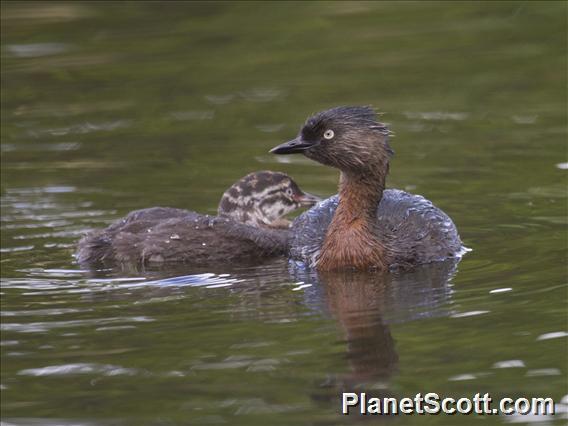New Zealand Grebe (Poliocephalus rufopectus)

New Zealand Grebe (Poliocephalus rufopectus)
×


New Zealand Grebe (Poliocephalus rufopectus)
About New Zealand Grebe (Poliocephalus rufopectus)
- Kingdom: Animals
- Phylum: Chordates
- Class: Birds
- Order: Pelicans
- Family: Grebes
The New Zealand grebe, also known as the New Zealand dabchick or weweia, is a member of the grebe family endemic to New Zealand.
Source: Wikipedia
Lifelists
Trips
Visits
-
2012-01-30
Auckland Botanical Gardens, New Zealand

